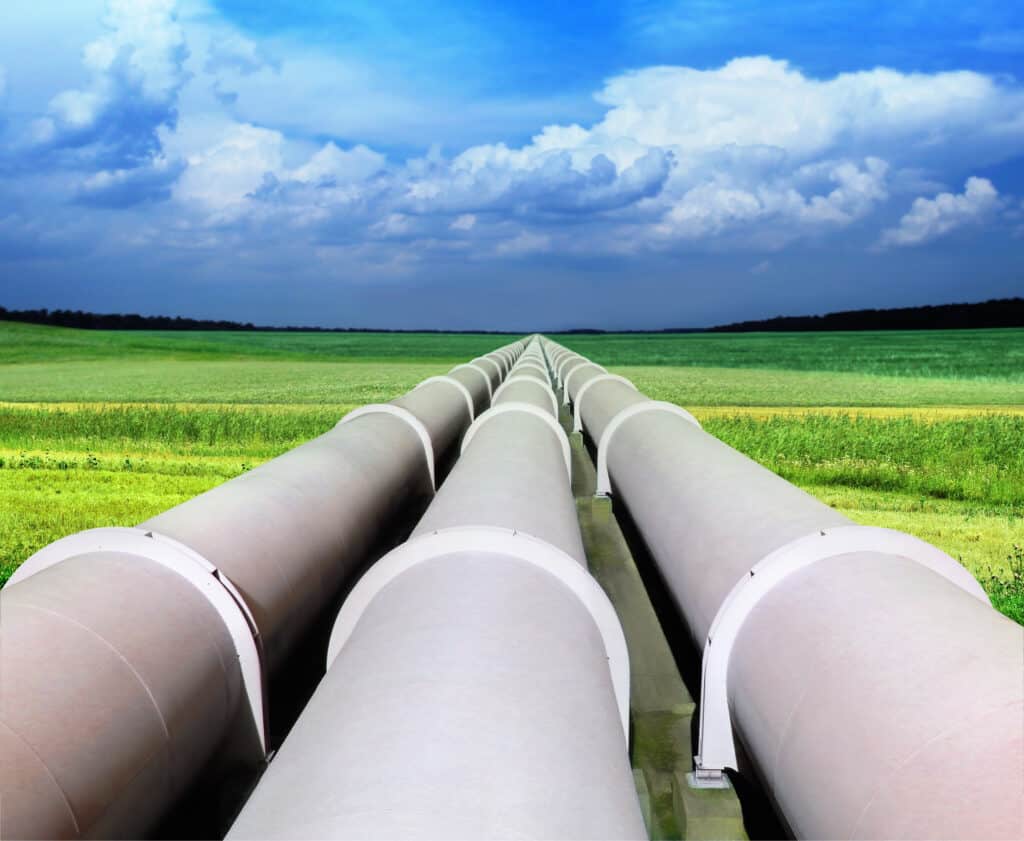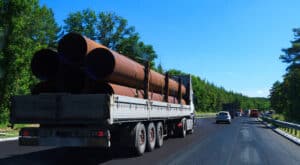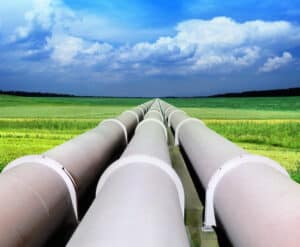When we think about the transition to renewable energy, visions of wind turbines, solar panels, and advanced batteries often come to mind. However, the process of shifting from traditional fossil fuels to renewable energy resources involves many less visible, yet equally critical, components. Among these are oilfield pipes and supplies that are inextricably intertwined with the transition to renewable energy. In this article, we’ll delve into how these resources facilitate the renewable energy shift, allowing us to reimagine the energy landscape for a sustainable future.
Reusing Oilfield Infrastructure
The first and perhaps most significant contribution oilfield pipe and supply make to the renewable energy transition is through the reuse and repurposing of existing infrastructure. In many parts of the world, there are extensive networks of oilfield pipes lying dormant or underutilized as fossil fuel production declines. These pipelines can be repurposed to transport biofuels, hydrogen, or captured carbon dioxide for sequestration, eliminating the need for new construction and its associated environmental impact.
For instance, hydrogen, which is poised to be a key player in the renewable energy scene, can be transported using retrofitted pipelines that were initially built for oil or gas. Reusing these infrastructures drastically reduces the cost and environmental impact of developing a new hydrogen transportation network. Furthermore, since these pipelines are usually located close to industrial zones, they offer an expedient solution to hydrogen supply logistics.
Supplying Critical Materials for Renewable Infrastructure
Oilfield pipes and supplies are not just about transporting energy. They also play an important role in constructing renewable energy infrastructure. Steel pipes and other materials used in oilfields are often repurposed in renewable energy projects, such as geothermal energy plants, hydroelectric projects, and even wind turbines.
Take, for example, geothermal energy. Geothermal wells often reach depths of several kilometers, requiring robust and reliable pipe structures—the same structures used in oil and gas drilling. The repurposing of oilfield pipes for geothermal energy production represents a considerable contribution to the renewable energy transition by providing high-quality materials, reducing costs, and minimizing waste.
Carbon Capture and Sequestration (CCS)
Oilfield pipes are also making a significant impact in carbon capture and sequestration. CCS is a method of reducing greenhouse gas emissions by capturing carbon dioxide at its emission source, transporting it (usually through pipelines), and storing it underground. The importance of CCS in achieving our climate goals can’t be overstated, and oilfield pipe infrastructure plays a pivotal role in the transportation and storage part of this equation.
The existing oil and gas pipeline networks, especially those in regions with declining fossil fuel production, provide ready-made infrastructure for transporting captured carbon to storage sites. These networks can often reach locations that are geologically suited for long-term carbon storage, further reducing the overall cost and feasibility of CCS projects.
Facilitating Energy Storage
One more intriguing prospect is the use of old oil and gas wells for energy storage, a critical component of a robust renewable energy system. One such method, Compressed Air Energy Storage (CAES), involves pumping air into underground reservoirs—such as depleted oil or gas fields—when energy demand is low. When energy demand peaks, the pressurized air is released to generate electricity.
Current Pipelines Won’t Become Obsolete
In a world where we are continually searching for ways to minimize our environmental footprint and maximize efficiency, the adaptive reuse of oilfield pipe and supply offers a surprisingly human approach to problem-solving. In every challenge lies an opportunity, and in this case, the opportunity to contribute to a greener, more sustainable world by maximizing what we already have at our disposal.





